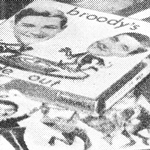 Podcasting is very much a medium of the 21st century. According to the font of sometimes-unsubstantiated-knowledge that is Wikipedia, podcasting had its origins in the mid 2000s.
Podcasting is very much a medium of the 21st century. According to the font of sometimes-unsubstantiated-knowledge that is Wikipedia, podcasting had its origins in the mid 2000s.
But it appears that a very early predecessor to the podcast was happening from a Melbourne basement as far back as 1964.
Two Melbourne television personalities, Pete Smith of ABV2’s Saturday Hit Parade and Philip Brady of GTV9, had been putting together their own 40-minute “radio” program that was taped and dispatched out to their own group of listeners — mostly friends and former colleagues who had gone interstate or overseas.
The idea for the monthly program sprung from a closed circuit radio station that Smith had underneath his home in the suburb of Kew. “You may laugh, but that under-the-house radio station helped Phil and I break into radio and television,” he told TV Week at the time. The pair had started putting together tapes of comedy sketches and musical items to send to friends. As the tapes’ distribution grew then the idea was to make a proper radio program, and Broody’s Hide-Out was born.
Tapes of the show were being sent around Australia and as far as the United States and Malta. One of the show’s fans and occasional guest stars was Bob Sterling from Californian radio station KTRB. Sterling had discovered Smith while listening to ABC‘s shortwave radio service Radio Australia. “Bob and I started to correspond by tape recordings and in no time he started to send us exclusive and information tapes for Broody’s Hide-Out,” Smith told TV Week.
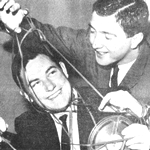 Mal Ramsay was a former GTV9 production staffer who had moved to Malta and had also requested tapes of the show.
Mal Ramsay was a former GTV9 production staffer who had moved to Malta and had also requested tapes of the show.
Former 3XY radio announcer Mike Walsh had also become a fan of the show after he had moved to Sydney to join 2SM.
Smith and Brady both wrote all the scripts and lyrics to the songs they featured on Broody’s Hide-Out — with Smith as the funny man and Brady as the straight compere-announcer. “Our friends feel that Broody’s Hide Out is just like eavesdropping on a conversation,” Smith said, adding that they would like to extend the idea to television.
Only a couple of months after this article Smith had moved across from ABV2 to GTV9 — where he has just celebrated 50 years of employment. Maybe the potential for a TV version of Broody’s Hide-Out was part of those early negotiations with GTV …?
Source: TV Week, 8 February 1964.
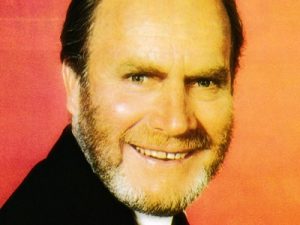
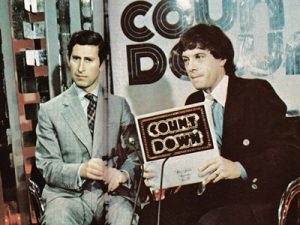
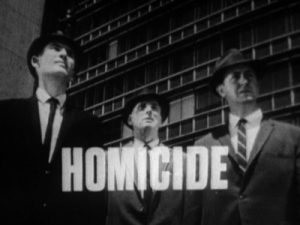
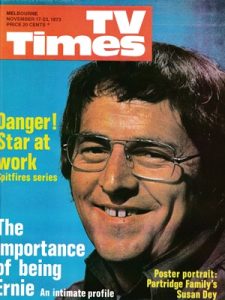
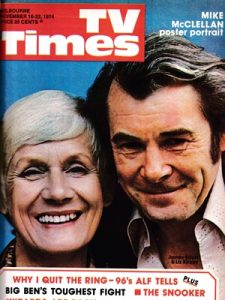
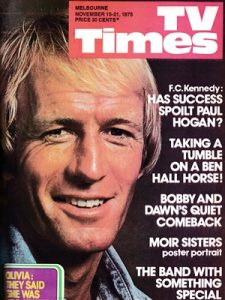
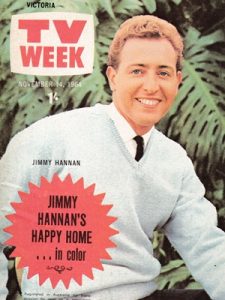
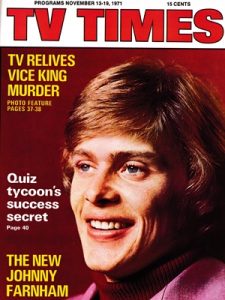
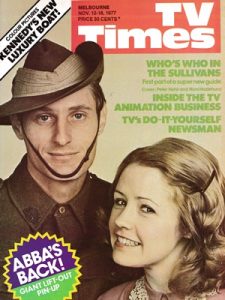
Would’ve loved to see the equipment they were using, whether or not they had the usual radio studio gear, mixing desk, tape recording gear, turntables and microphones, etcetera, they could even be considered the progenitors of community broadcasting, perhaps. Were there any photos?
The photos shown here are the only ones to have featured in the original article